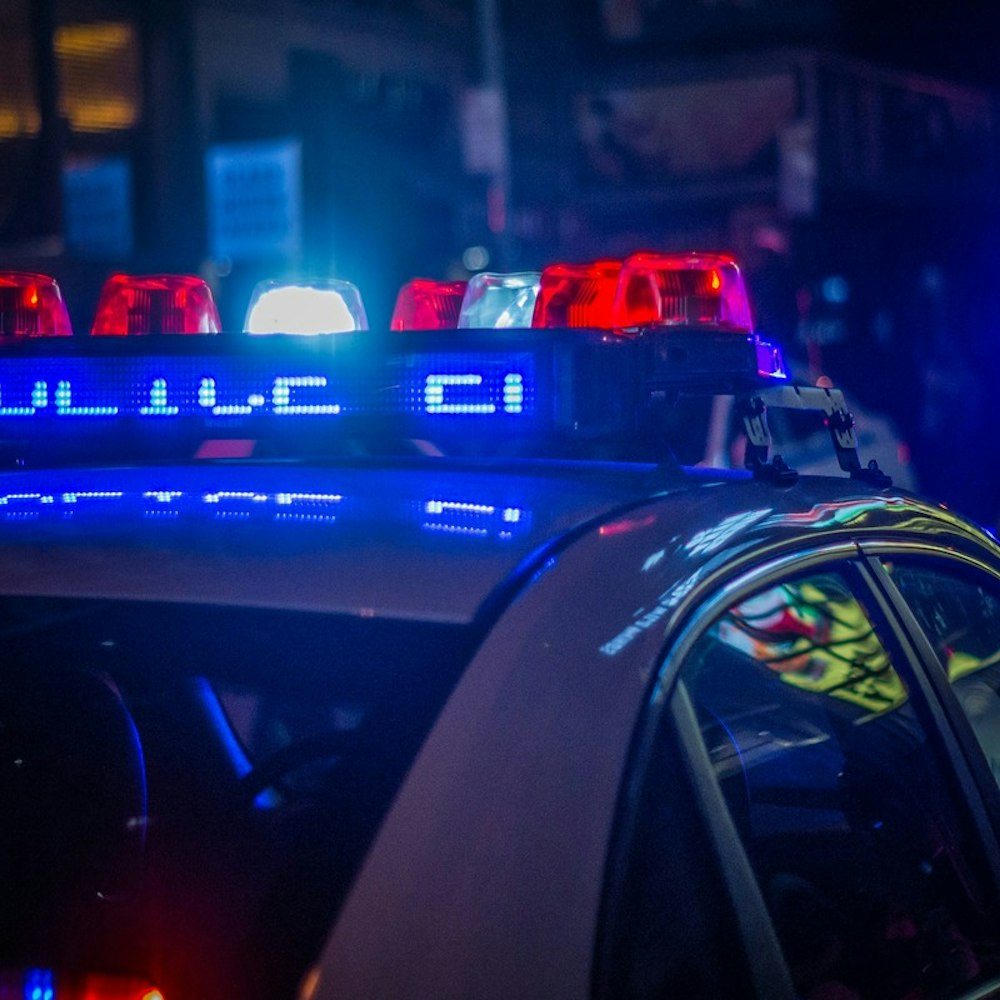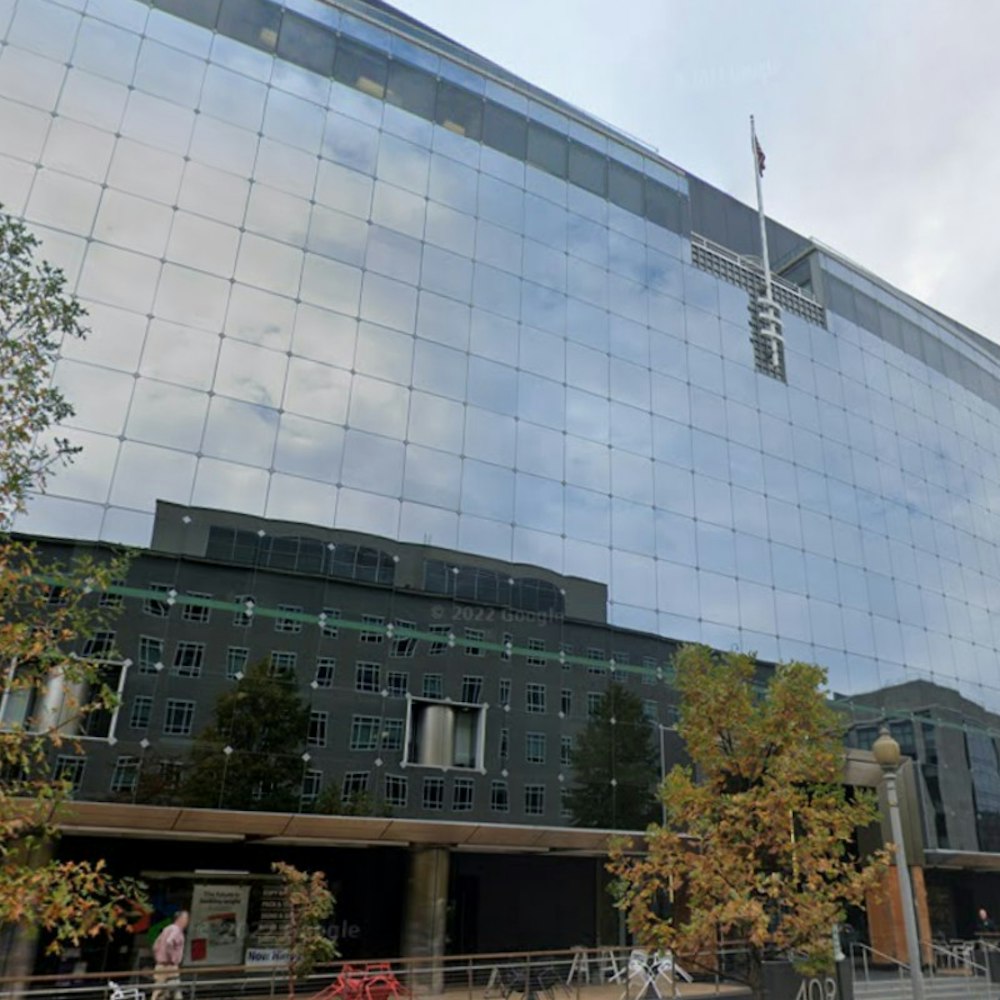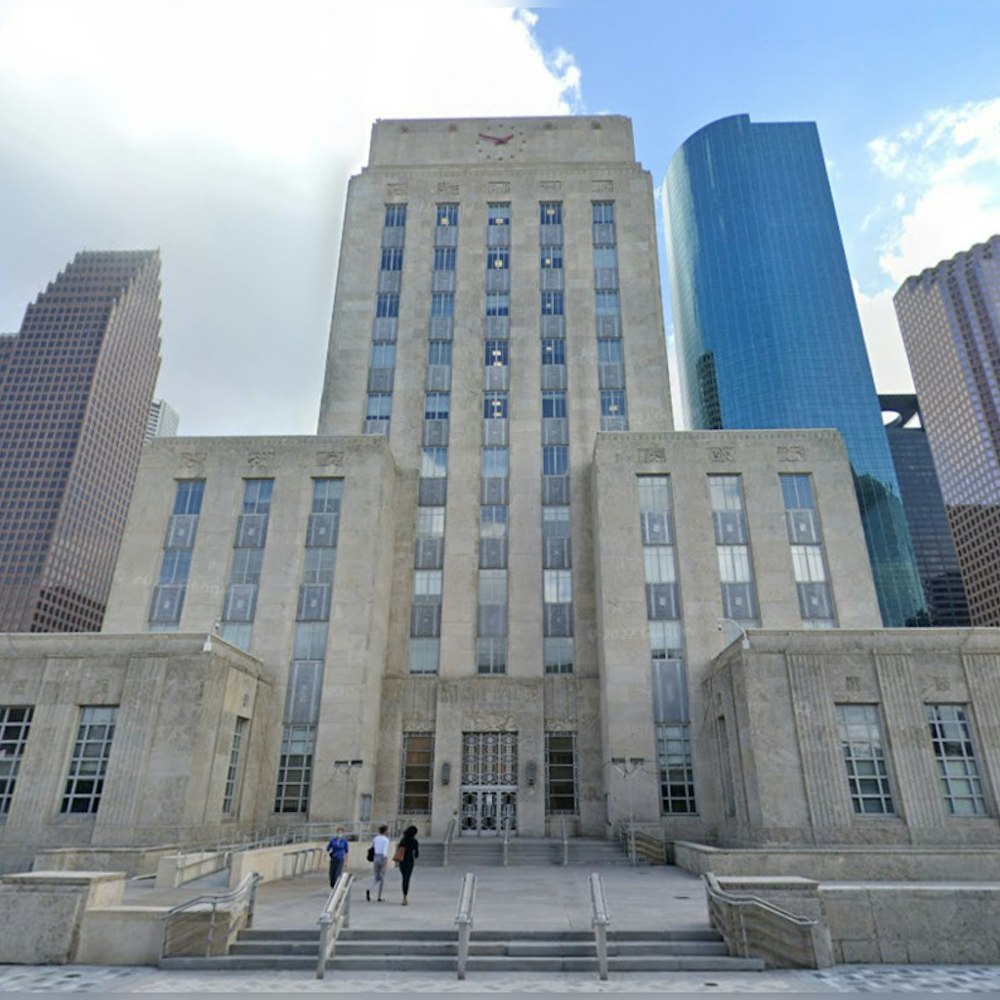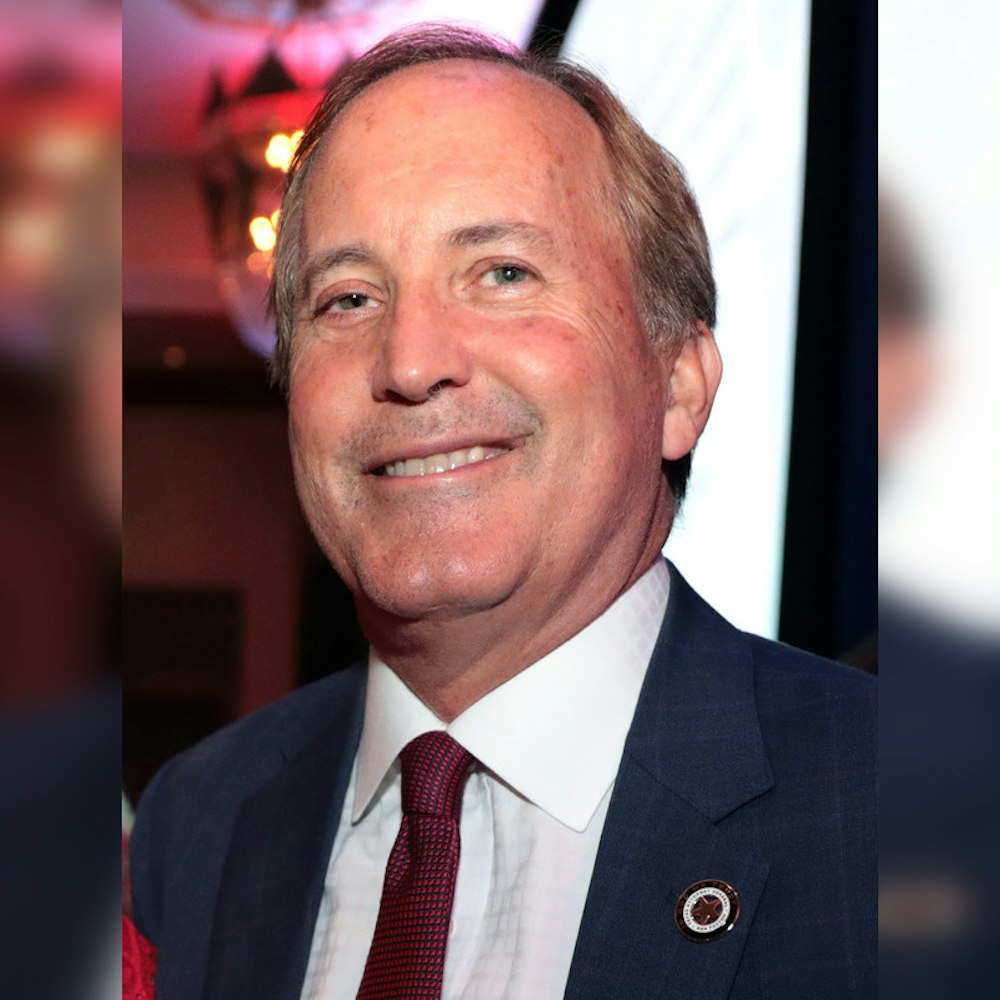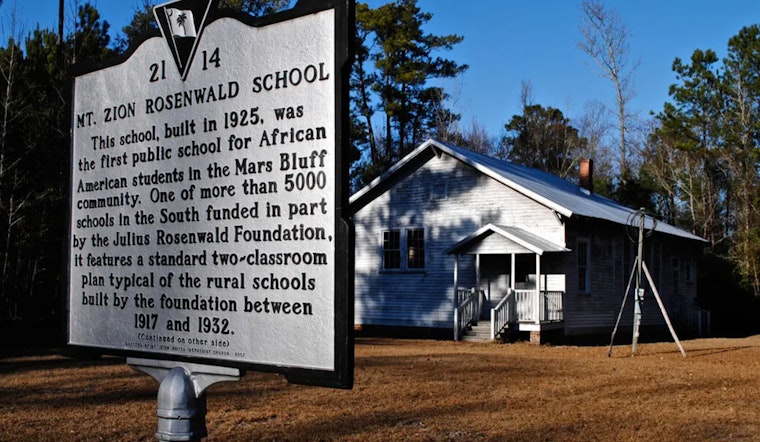
Rosenwald Schools emerged as beacons of hope for Black children in the South. These schools, which numbered around 5,000 between 1912 and 1932, were the product of a remarkable collaboration between Julius Rosenwald, then-president of Sears, Roebuck and Company, and the African American educator Booker T. Washington, Teen Vogue reports.
Schooled in inequality, Black students received a fighting chance at proper education, courtesy of the Rosenwald Fund, which Julius Rosenwald created in 1917. This partnership, as Washington and Rosenwald saw, was crucial to bridge the education divide fostered by deep systemic racial inequities. According to the Houston Chronicle, these institutions even boasted alumni such as Maya Angelou and John Lewis, who became towering figures in American history.
However, not every aspect of the Rosenwald Schools is without scrutiny. Concerns were raised by some scholars over the amount of control Black communities had over these funded projects, and whether the curriculum reinforced existing class structures. According to Teen Vogue, the "double taxation" faced by already burdened Black families questioned the equitable nature of these philanthropic endeavors. ArCasia D. James-Gallaway, an assistant professor at Texas A&M University, pointed out that the vocational emphasis of the curriculum did little to challenge the status quo.
The physical remnants of Rosenwald Schools have, for the most part, vanished; as per the National Trust for Historic Preservation, less than 500 buildings remain today. In Texas alone, nearly 85% of these schools are unaccounted for. But while the structures may have crumbled or been repurposed, the legacy of Rosenwald Schools is enshrined in the lives they changed, and in some cases, they live on as museums or community centers, the Houston Chronicle notes.
In some instances, former students have led the charge in preserving this history. Kimberly C. Ransom, a historian at the University of Illinois Urbana-Champaign, for example, worked alongside Rosenwald alumni to transform the Pickensville Rosenwald School in Alabama into a museum and community center, an effort which stands testament to the enduring impact these schools have had on their students, Teen Vogue highlights.
The story of the Rosenwald Schools is one of resilience and legacy, etched into America's tumultuous history of civil rights. The schools stand as a testament to the community's relentless pursuit of educational equity, even as they faced formidable societal barriers. Their story, as Michael Hines from Stanford University told Teen Vogue, should bring to the fore the teachers, students, and communities who were the true architects of change and progress.

